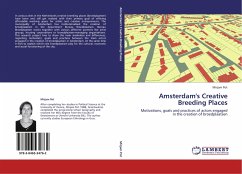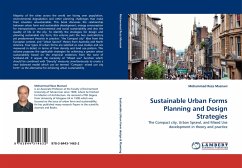The Compact City Model is considered one of the planning strategies that can contain the urban sprawl and develop more sustainable cities, in the environmental, social and economic dimensions. In this book, the Compact Model is analyzed in theory, by focusing on the claimed benefits of this strategy and also on the critics, as a base to investigate the empirical case of Gothenburg. The analysis of the planning system of the city shows the aim to achieve a denser urban form by applying the driving factors that characterised the Compact Model. At the same time, policies, public transport system, initiatives and campaigning linked with the planning system are considered as fundamental issues to study the elements of the compaction strategy of Gothenburg. After a deep analysis of the city development and the urban planning framework, it is clear that densification in strategic nodes is a feasible outcome of the Compact City concept when applied to Gothenburg. The planning strategy ofthe compact nodes is meant to guarantee a good accessibility and integrate collective transports, services and attractive public spaces to avoid the increase of the urban sprawl.








